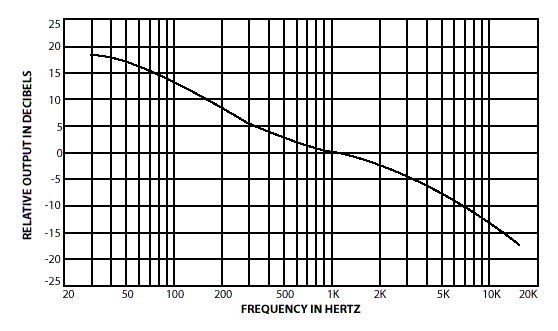(n.) A standard proposed by the Recording Industry Association of America (RIAA), adopted by the recording industry in 1953 and reaffirmed in 1964 by both the RIAA and NAB. It was issued by the IEC as international standard IEC 60098 and remains in effect. The curve is used in cutting vinyl records, and its inverse must be applied by phonograph playback preamplifiers. The curve attenuates low frequencies and amplifies high frequencies, relative to a 1 kHz reference point, to maximize dynamic range for a lateral cut vinyl disc. The grooves in a stereo phonograph disc are cut by a chisel shaped stylus driven by two vibrating systems arranged at right angles to each other. The cutting stylus vacillates from side to side in accordance with the signal impressed on the cutter. The movement of the groove back and forth from the center is known as “groove modulation.” If the amplitude of this modulation exceeds a fixed amount, “cutover” occurs, and the cutter breaks through the wall of one groove into the wall of the previous groove. Low frequencies that cause wide undulations in the groove are attenuated to prevent overmodulation. Conversely, high frequencies are amplified to overcome the granular nature of the disc surface acting as a noise generator, thus improving the signal-to-noise ratio.

